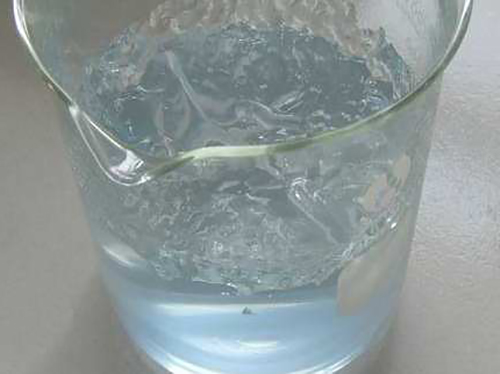Exploring the Applications and Benefits of Polyacrylamide in Various Industries
The Functions and Applications of Polyacrylamide
Polyacrylamide (PAM) is a versatile and widely used synthetic polymer that has garnered significant attention in various industries due to its unique properties and functions. Initially developed for industrial applications, polyacrylamide has evolved over the years to serve multiple purposes across different fields, including agriculture, water treatment, and biomedicine. This article aims to explore the functions of polyacrylamide, its applications, and the benefits it offers across various sectors.
Understanding Polyacrylamide
Polyacrylamide is made from acrylamide monomers, which are linked together through polymerization processes to form long chains. This polymer can exist in several forms, including nonionic, anionic, and cationic types, allowing for customized applications based on the specific needs of the user. One of the hallmark characteristics of polyacrylamide is its ability to absorb large amounts of water, resulting in a gel-like substance that can be used in numerous ways.
Functions of Polyacrylamide
1. Water Retention One of the primary functions of polyacrylamide in agriculture is its ability to retain water in the soil. When applied to agricultural lands, PAM can increase soil moisture content, thus reducing irrigation frequency and improving crop yield. This function is particularly valuable in arid regions where water conservation is critical for sustainable farming practices.
2. Flocculation In the context of wastewater treatment, polyacrylamide acts as a flocculant, promoting the aggregation of particles suspended in water. This process helps in the removal of impurities and contaminants from wastewater, making it easier to purify and recycle water. The use of PAM in this capacity enhances the efficiency of treatment plants and reduces environmental impact.
3. Soil Stabilization Polyacrylamide is also used for soil stabilization, particularly in construction and civil engineering projects. It helps to bind soil particles together, preventing erosion and providing structure to soil in areas susceptible to runoff. This stabilization is critical for maintaining land integrity and preventing damage to roadways and buildings.
polyacrylamide function

4. Biocompatibility In biomedicine, polyacrylamide is valued for its biocompatibility and ability to form hydrogels. These hydrogels can be used for various applications, including drug delivery systems, tissue engineering, and as scaffolds for cell growth. The water-retaining properties of PAM make it an ideal candidate for creating environments that support cell proliferation and differentiation.
Applications Across Industries
1. Agriculture Farmers use polyacrylamide products to enhance soil structure, improve water retention, and increase overall agricultural productivity. The incorporation of PAM in farming practices not only maximizes yield but also promotes sustainable land use.
2. Water Treatment Wastewater treatment plants rely on polyacrylamide as an effective agent for clarifying and purifying water. Its ability to facilitate flocculation simplifies the treatment process and increases operational efficiency.
3. Construction In civil engineering, polyacrylamide is employed as a soil stabilizer and erosion control measure. Its use helps protect construction sites from water-related damage, ensuring the longevity and stability of structures.
4. Biomedical Applications Polyacrylamide-based hydrogels are increasingly utilized in medical applications such as controlled drug delivery, tissue scaffolding, and regenerative medicine, showcasing its relevance in advancing healthcare technologies.
Conclusion
Polyacrylamide is an indispensable polymer with multifaceted applications across various industries. Whether enhancing agricultural productivity, improving water treatment processes, stabilizing soil, or facilitating biomedical advancements, its functions contribute significantly to efficiency and sustainability in modern practices. As research continues to explore new innovative uses for polyacrylamide, its role in addressing global challenges—such as water scarcity and environmental degradation—becomes increasingly vital. By harnessing the capabilities of this remarkable polymer, industries can drive forward sustainable practices that benefit both the economy and the environment.
-
Water Treatment with Flocculant Water TreatmentNewsJun.12,2025
-
Polymaleic AnhydrideNewsJun.12,2025
-
Polyaspartic AcidNewsJun.12,2025
-
Enhance Industrial Processes with IsothiazolinonesNewsJun.12,2025
-
Enhance Industrial Processes with PBTCA SolutionsNewsJun.12,2025
-
Dodecyldimethylbenzylammonium Chloride SolutionsNewsJun.12,2025





